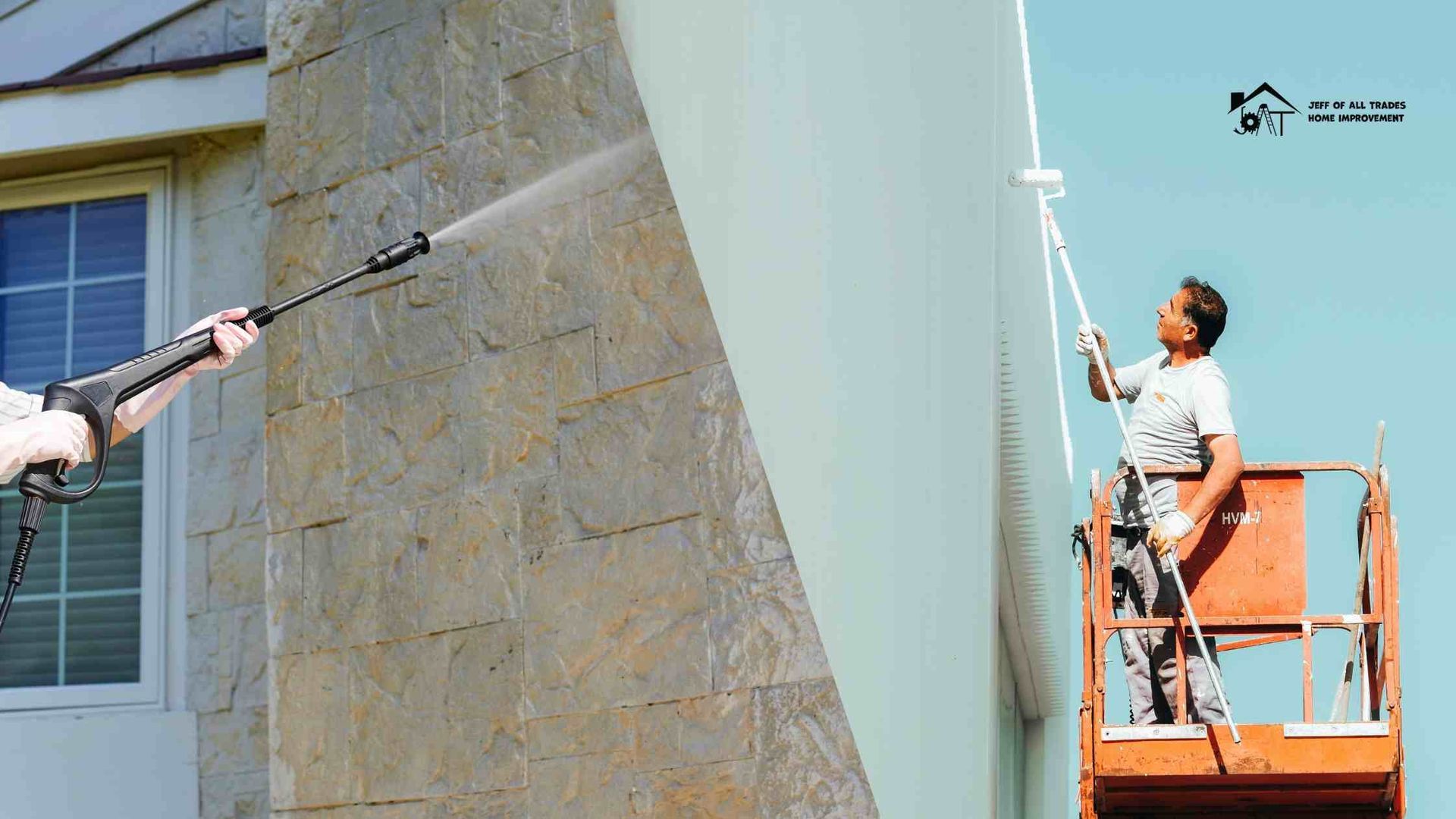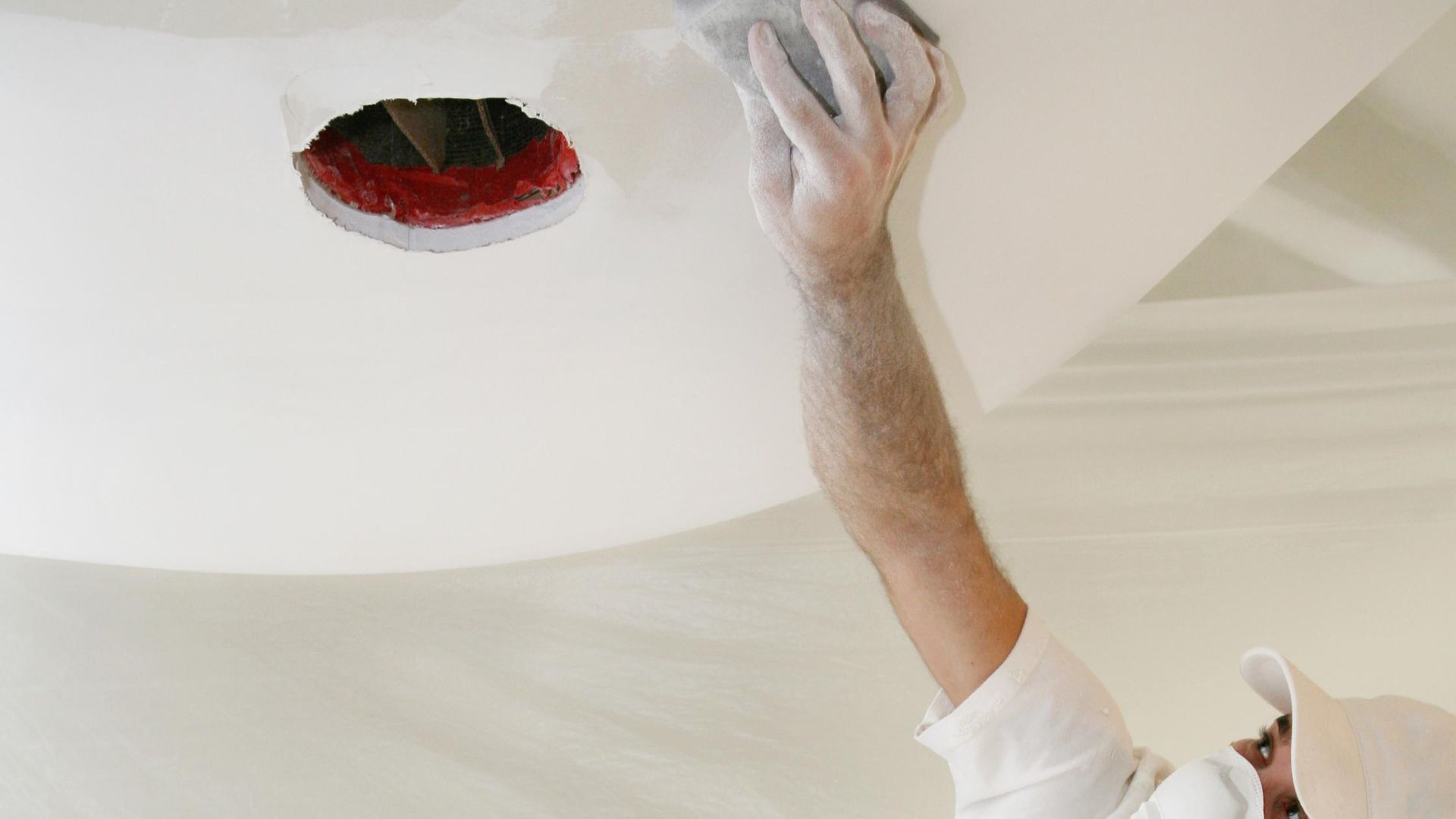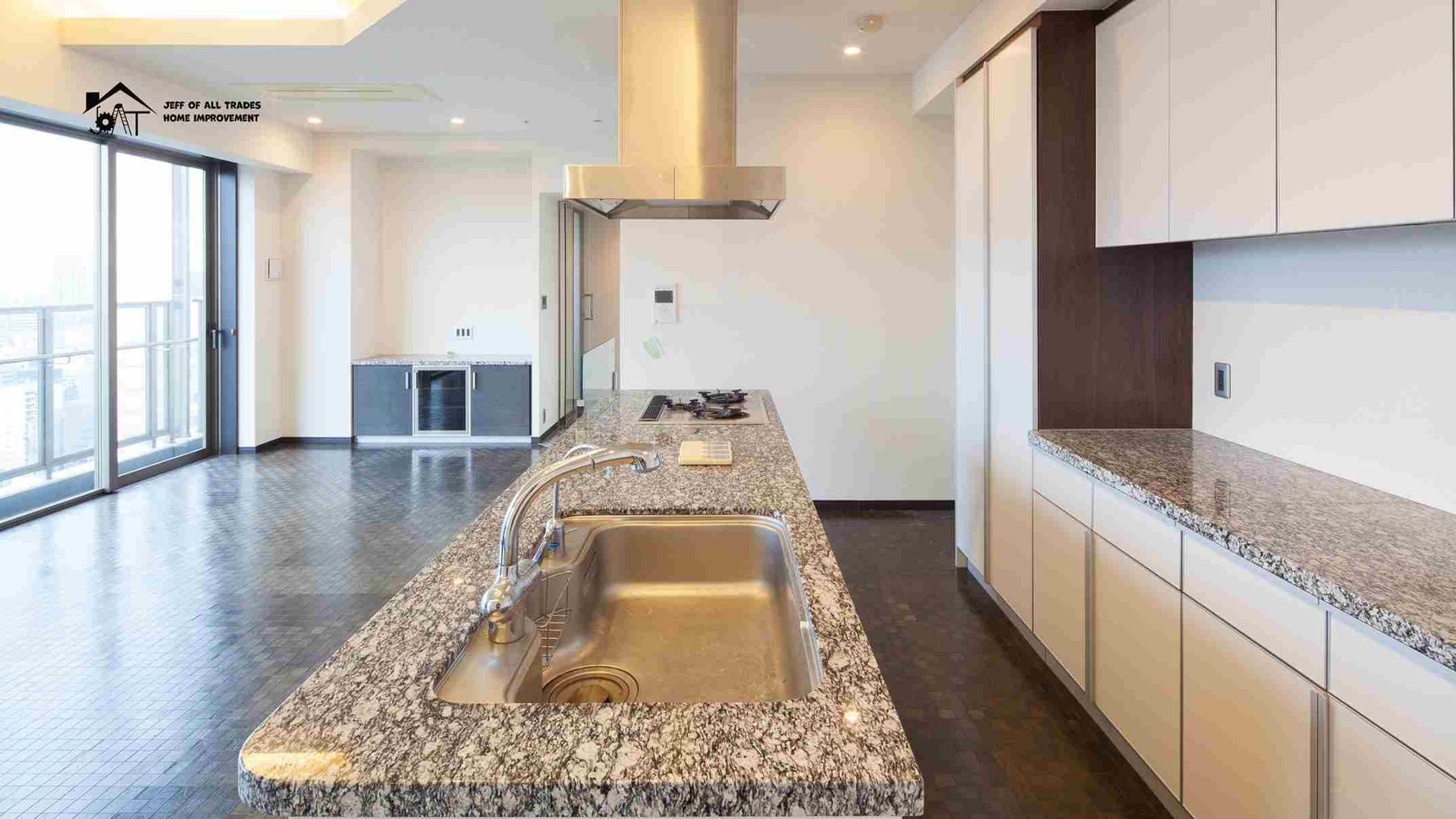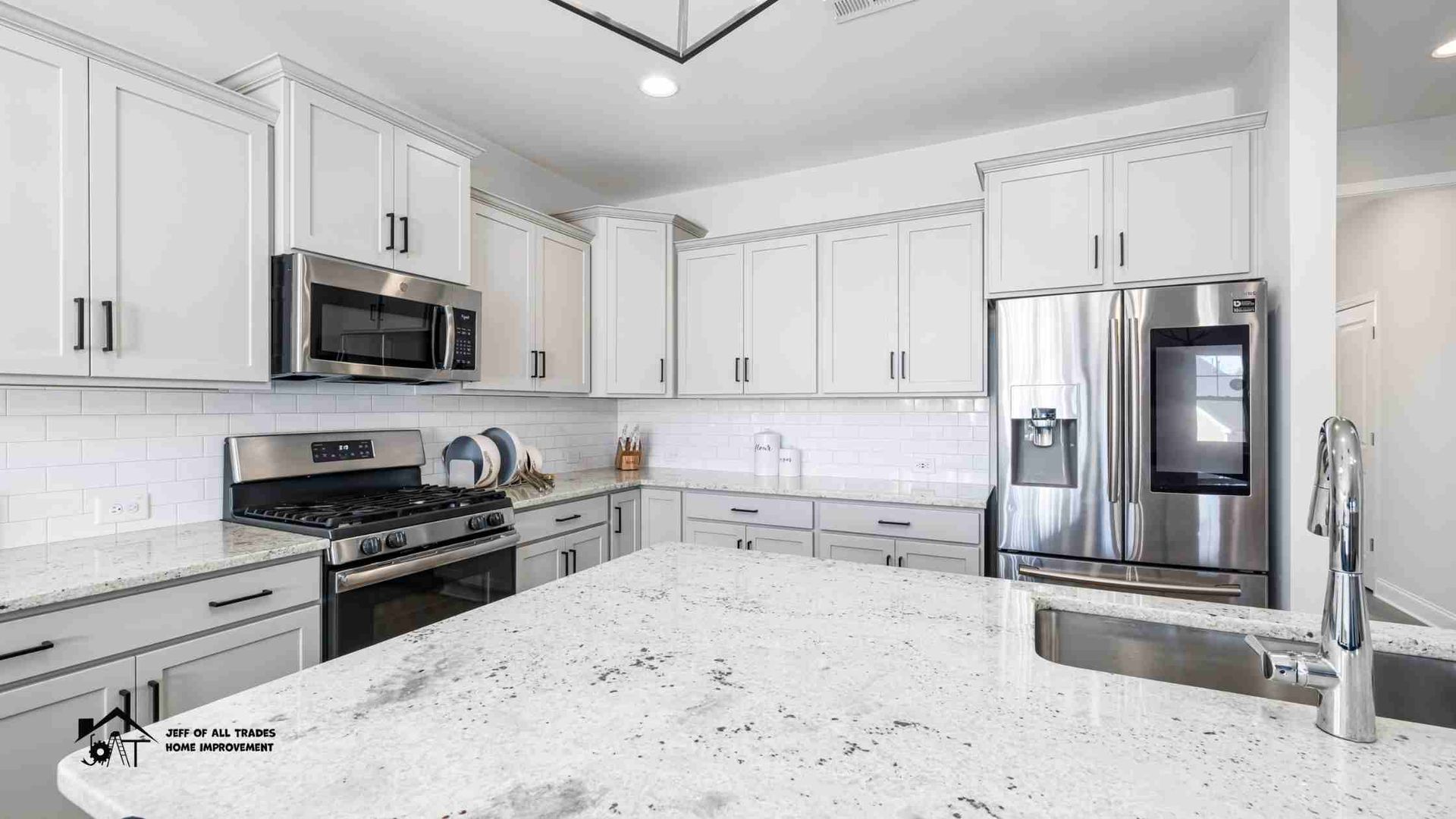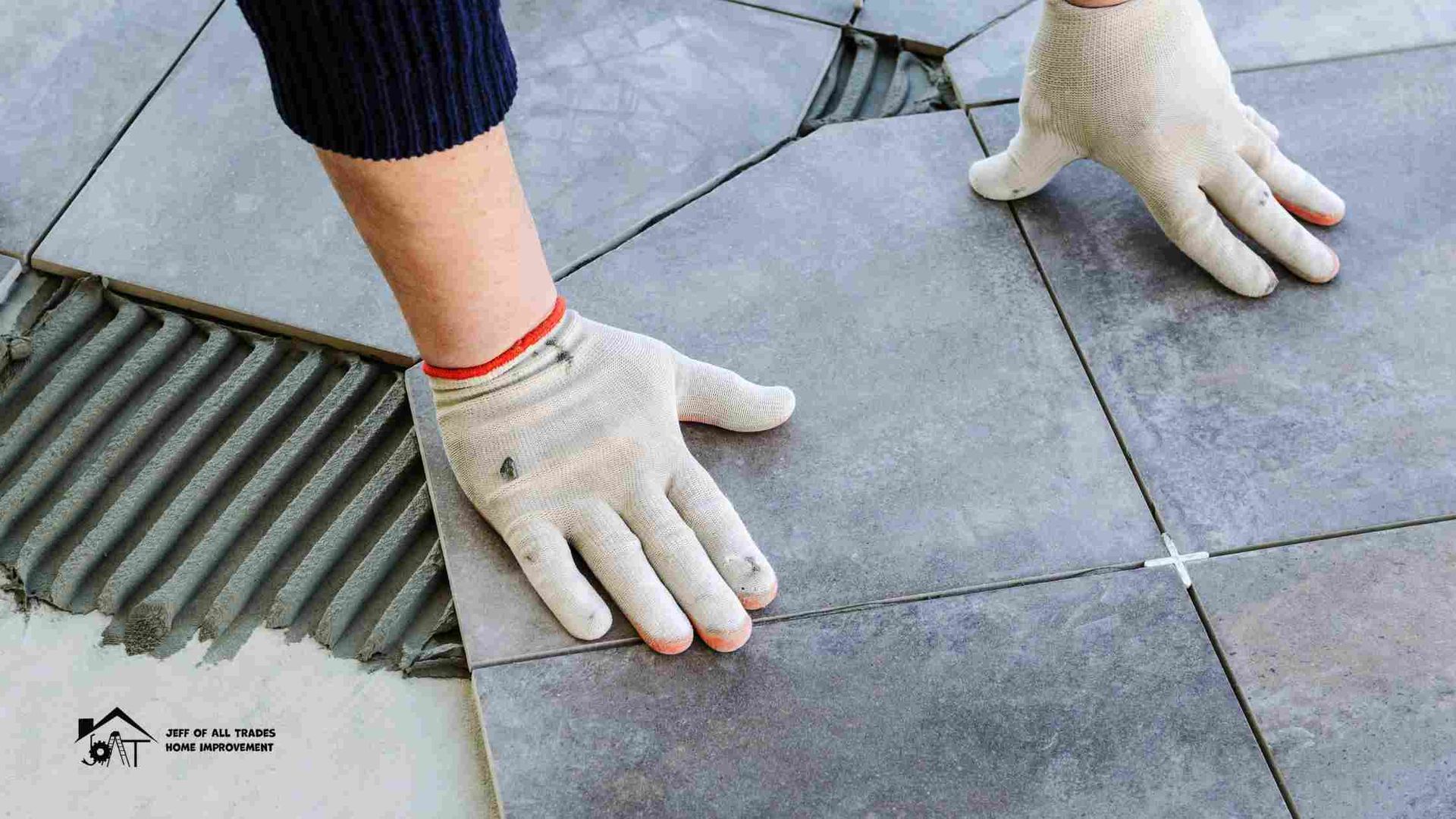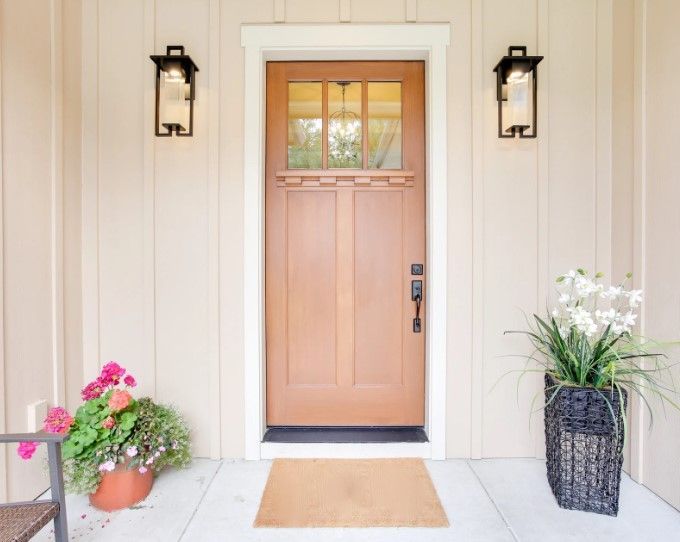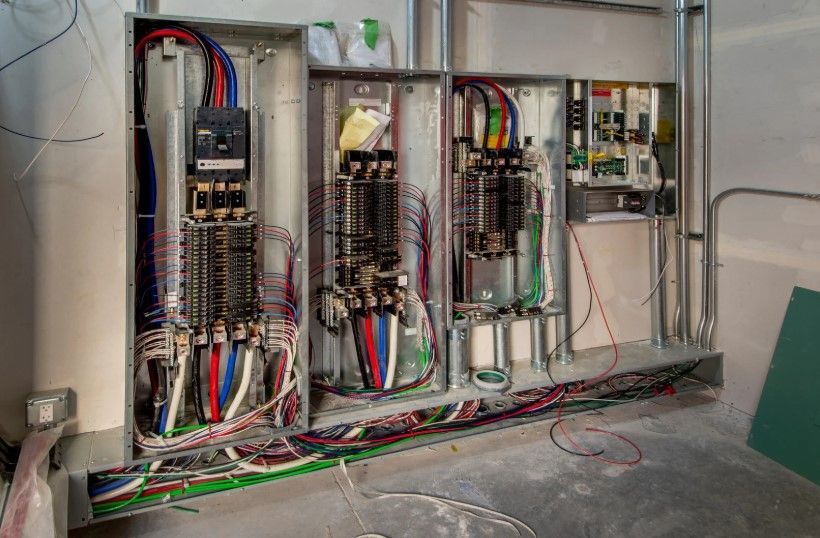Kitchen Recessed Lighting NJ: Perfect Layouts by Ceiling Height

Designing a kitchen in New Jersey’s older colonials isn’t the same as lighting a brand-new farmhouse in Hunterdon County. Ceiling heights, joist directions, and ever-evolving energy codes all shape how—and where—you place your recessed cans. In this 1,300-word guide, we’ll crunch the numbers, decode remodel vs. new-construction housing, and hand you nimble rules you can apply on graph paper tonight.
Primary keyword worked in? You bet: kitchen recessed lighting NJ—sprinkled naturally so Google (and humans) nod along.
1. Why Ceiling Height Dictates Everything
Higher ceilings increase the throw distance—the vertical distance from the amp to the countertop. That affects:
- The diameter of the light cone
- The number of fixtures required to hit the target foot-candles
- Whether you choose a narrow 30° beam or a wide 60° flood
Ceiling Height Quick-Look
| Ceiling | Typical Beam Angle | Spacing Formula | First Row Offset |
|---|---|---|---|
| 8 ft | 90–100° lens | Height ÷ 2 | Spacing ÷ 2 |
| 9 ft | 60–75° lens | (Height × 0.8) | Spacing ÷ 2 |
| 10 ft | 40–50° lens | (Height × 0.75) | 30–36 in |
Spacing Formula means the center-to-center distance between cans. Offset refers to the distance the first row should be pulled back from the wall cabinets to avoid scallops on the upper cabinets.
2. The Spacing Formulas Unpacked
Ambient (General) Lighting
Rule of thumb:
Spacing (ft) ≈ Ceiling Height (ft) ÷ 2
Example: 8-ft ceiling → 4-ft spacing grid.
Why? Most LED downlights spread roughly 100 ° on 8-ft ceilings, yielding a 6–7 ft diameter “useful” cone at counter height. Halving the height gives you 50% overlap, so there are no dark stripes.
Task Lighting Over Islands & Runs
Islands love a tighter grid:
Spacing ≈ Ceiling Height ÷ 2.5
So an 8-ft ceiling → 3.2 ft. Shift cans so they land 12–15 in from island edges; nobody chops onions in a shadow.
3. Lumen Math: Hitting Proper Foot-Candles
The 2023 IES (Illuminating Engineering Society) recommendation:
- Ambient kitchen: 35–50 fc
- Task zones (cooktop, sink, island prep): 70–100 fc
Lumen Chart for Common Can Sizes
| Can Size | Beam Angle | Ceiling Height | Lumens Needed per Fixture | # Fixtures per 100 sq ft |
|---|---|---|---|---|
| 4 in LED | 90 ° | 8 ft | 650 lm | 6–8 |
| 5/6 in LED | 90 ° | 8–9 ft | 900 lm | 4–6 |
| 4 in LED | 60 ° | 10 ft | 1,000 lm | 8 |
| 6 in LED | 60 ° | 10–12 ft | 1,500 lm | 6 |
Assumes 80 % lumen maintenance after optics and trims.
Tip: Mix sizes. A ring of 6-inchers for ambient lighting, plus 4-inch accent cans over the sink, yields balanced layers without compromising the ceiling.
4. Remodel Cans vs. New-Construction Housing
New-Construction (NC) Cans
Pros
- Nailed to joists before drywall—rock-solid alignment.
- Integrated bar hangers allow for easy sliding to achieve perfect grid spacing.
- Easier to meet NJ’s R-15 attic insulation because you can pick IC-rated, airtight housings upfront.
Cons
- Requires open framing—not suitable for finished ceilings unless a demo is performed.
Remodel Cans
Pros
- Wings clamp through a 4 ⅜-in hole—surgical for retrofits.
- Perfect for Princeton’s plaster ceilings, where joist depth is unknown.
- Less dust and no attic crawling.
Cons
- Limited lateral adjustment; miss the stud and you’re patching.
- Need IC-/AT rating if the attic above is insulated; always check the orange UL label.
Rule: If the ceiling is already up, remodel. If not, invest in NC cans and sleep easy.
5. LED Module & Driver Choices
- Integrated LED modules: The driver is located inside the can, with a 50,000-hour lifespan; however, the entire unit is replaced if it fails.
- GU-24 retrofit lamps: Let you swap bulbs later, though, although the heat sits located in the plenum—can this shorten life?
- Smart drivers (0–10 V or Triac dimming): Pair with Lutron Maestro or Leviton Decora smart dimmers for buttery fades and voice control.
Energy Code Note: New Jersey has adopted the 2021 IECC. Screw-based sockets must accept only high-efficacy (LED) lamps or be controlled by vacancy sensors. Most modern remodel kits comply automatically.
6. Sample Layouts by Height
8-Foot Colonial Galley (10 ft × 14 ft, 140 sq ft)
- Grid: 4 ft spacing → 3 × 4 layout = 12 cans
- First row: 2 ft off long walls to dodge cabinet faces
- Fixtures: 5-in, 900 lm, 90 ° beam, 2700 K
Expected ambient: 40–45 fc. Island? You likely have none in a galley, but do add two 4-in task cans over the sink and range.
10-Foot Open-Concept Cape (16 ft × 18 ft, 288 sq ft + Island 3 ft × 7 ft)
- Ambient grid: 7 ft spacing (10 ft × 0.75) → 3 × 4 = 12 cans
- Beam: 60 °, 1,500 lm, 3000 K
- Island row: 3 × 4-in cans, 1,000 lm each, 20 ° tilt trims aimed at butcher block.
Ambient ~38 fc; island task ~75 fc.
7. Installation Tips Specific to New Jersey Homes
- Balloon-frame houses along the Shore often have 2 × 6 rafters: use shallow-profile cans (<5 in).
- Attic temperatures swing from -10 °F to 120 °F; select IC-AT housings with gasketed edges to minimize condensation.
- In Trenton and most NJ towns, any new branch circuit to a kitchen requires a 20-amp AFCI/GFCI breaker. Romex 12-2 w/ ground is standard.
- Cold attics beg for vapor hats or fire-rated enclosures around remodel cans; otherwise, warm air rises and ice dams grow.
8. Dimmer & Control Layer
- Forward-phase (Triac) dimmers handle most retrofit LED kits, but they may flicker if the load dips below 10 W.
- ELV/Reverse-phase dimmers cost more, yet they virtually eliminate ghost glow—worth it for under-10-watt modules.
- Smart hubs (such as Caséta and Z-Wave) let you set scenes like “Cooking,” “Dining,” and “Midnight Snack” from your phone.
Pro tip: Separate task cans on their own dimmer channel so guests can adjust the dining mood without killing prep light.
9. Maintenance & Upgrade Roadmap
- Dust trim rings quarterly—grease from frying dulls output.
- Expect 30 % lumen depreciation after 40,000 hours; budget to swap modules in 10–12 years.
- Keep spec sheets in a zip-lock near the breaker panel. Future electricians will high-five you.
FAQs: Recessed Lighting Layout for Kitchens with Varying Ceiling Heights
How many recessed lights do I need for a 10×15 ft kitchen?
Using the spacing rule (ceiling height ÷ 2), an 8-foot ceiling requires approximately 4 feet of spacing. A 10×15 ft room would therefore use a 3×4 grid—12 recessed lights—plus 2–3 task cans over the sink or island.
Can I mix 4-inch and 6-inch cans?
Yes. Designers often specify 6-inch cans for broad ambient light and 4-inch cans for accent or task zones. Maintain identical color temperature and CRI so the mix feels intentional, not patchy.
Do I need IC-rated housings in NJ?
If the can touches or is covered by insulation—standard in attic ceilings—state code mandates IC (Insulation Contact)-rated housings. Select IC-AT models to enhance airtightness and improve energy efficiency.
Does the code require dimming?
Not required, but the IECC 2021 and NJ amendments encourage the use of high-efficacy lamps or automatic controls. Dimmers count as a control strategy that can earn energy-code compliance credits.
What’s the best color temperature for kitchens?
Most homeowners in New Jersey prefer 2700K for cozy eating areas and 3000K for prep zones. If your cabinets are bright white, 3000 K keeps surfaces from looking yellow.
Final Thoughts
Ready to map out your own
kitchen recessed lighting
NJ masterpiece? Grab a tape measure, some graph paper, and these formulas. With the correct lumen counts and can types, you’ll chop veggies under perfect light—and save future electricians from guesswork. Happy wiring!



